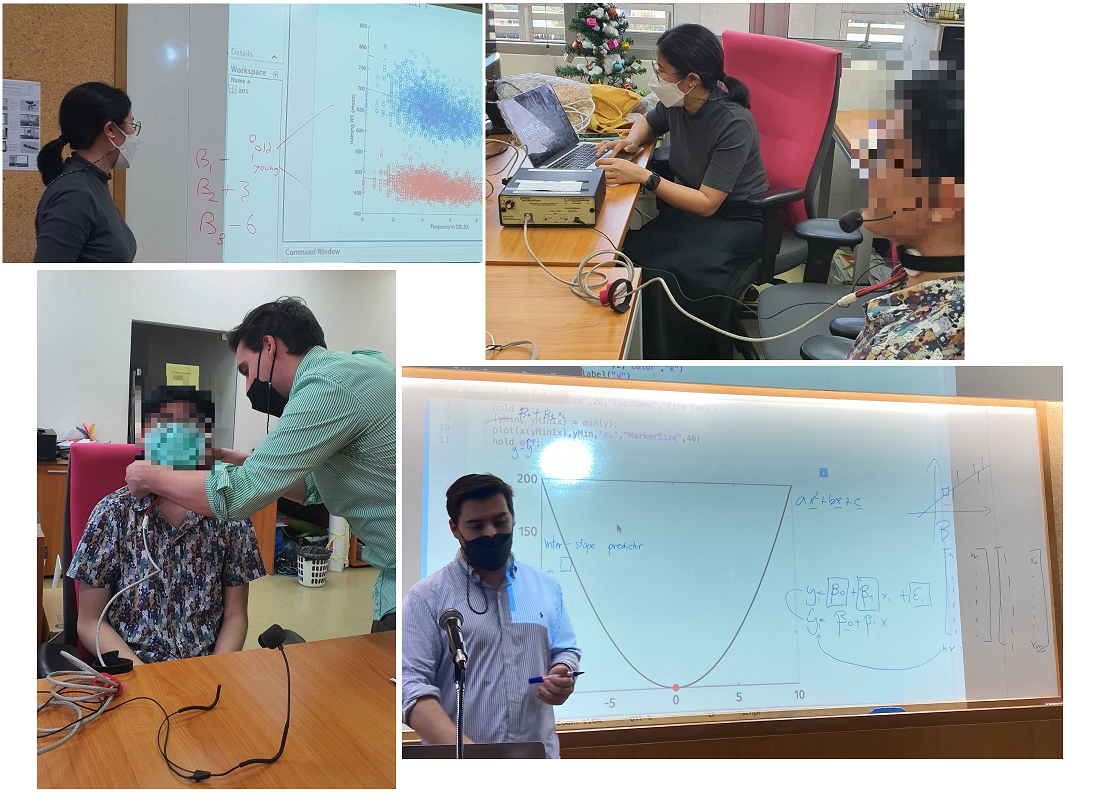News

Annual Phonetics Lab Bowling Party Was a Smash!
We had our first Phonetics Lab Bowling Party after a two-year COVID break. Everyone had a good time through the lows of gutterballs and the highs of strikes. Next year we'll modify the scoring system so that points are awarded for the most dramatic responses to said highs/lows.
1st May 2022
Katherine Blake Accepts Position at Amazon Alexa AI
We are proud to announce that Katie Blake has accepted a position as a Language Data Researcher at Amazon. She will join the Alexa AI team during summer 2022.
Katie has just defended her dissertation titled: "Phonological markedness effects on noun-adjective ordering", and she will complete her Ph.D. and graduate this May.
Congratulations, Katie - we will miss you!
18th April 2022

PhD Candidates Sireemas Maspong and Francesco Burroni are teaching & conducting research in Thailand
PhD Candidates Sireemas Maspong and Francesco Burroni are now teaching & conducting research in Thailand.
Their field research involves electroglottograph measurements of Thai vocalizations.
17th March 2022
Francesco Burroni & Simone De Lemos presents paper at the 50th Linguistic Symposium on Romance Languages
On July 2nd, 2020 PhD candidates Francesco Burroni & Simone De Lemos presented a paper at the 50th Linguistic Symposium on Romance Languages titled: "A unified account for morphologically-governed stress systems in Romance"
8th March 2022
